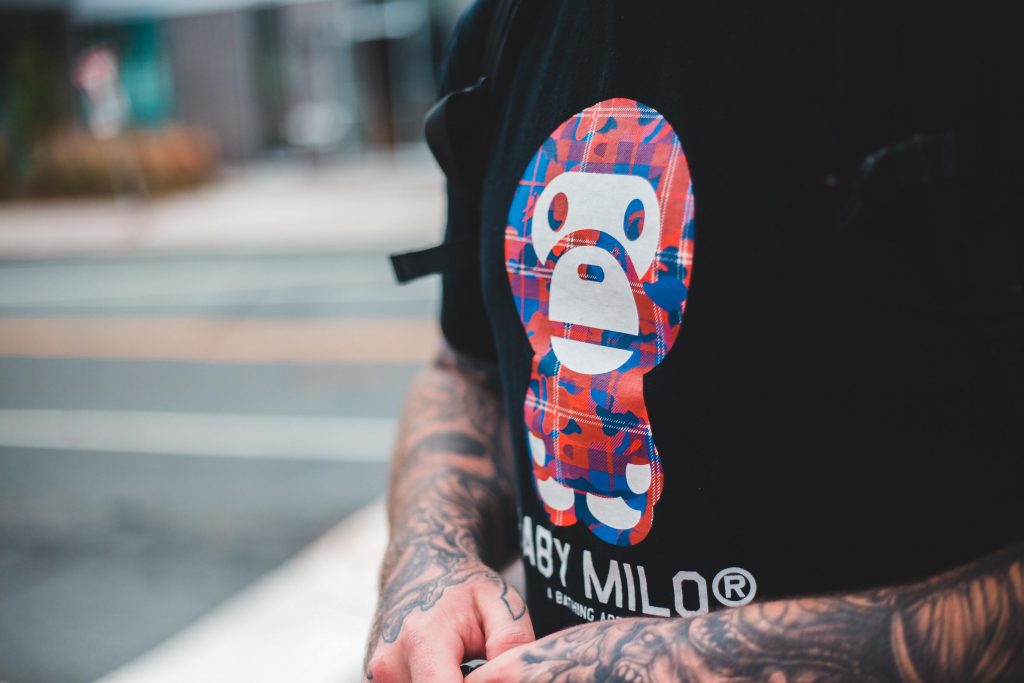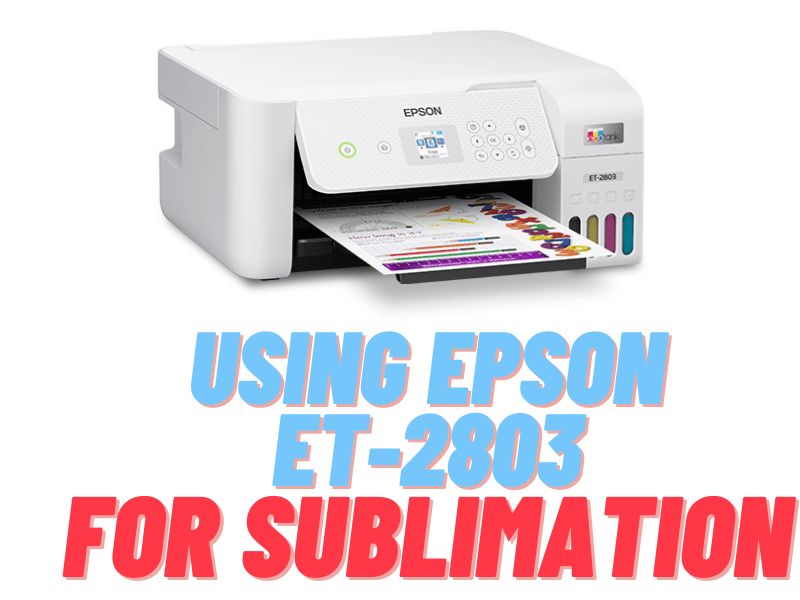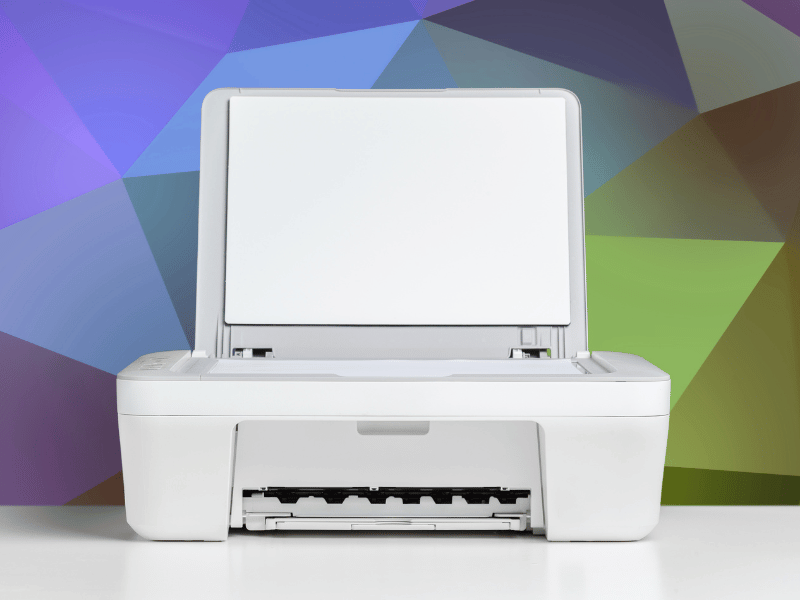Sublimation printing is a unique form of printing that allows you to create customized t-shirts, mugs, phone cases, and more. This process involves transferring an image onto a surface using heat and pressure, which causes the image to become part of the material. This makes sublimation printing a great option for anyone looking to create unique, one-of-a-kind items.
In order to get the best results from this process, it’s important to use high-quality materials such as inks and understand how to properly set up your print files. Luckily, both of these things are relatively easy to do with the right resources.
Does sublimation printing smell?
By using the right products such as inks, the sublimation printing does not smell. With the right inks being used in sublimation printing, they are heat-activated and have no odor.
Once the print is complete, the ink is completely dry and will not transfer to skin or clothing. Sublimation printing is a great option for those who are concerned about smells associated with traditional printing methods.

While sublimation printing doesn’t produce noticeable fumes like some other printing processes, there is a slight smell associated with the process. This is due to the fact that the inks used in sublimation printing contain volatile chemicals that are released into the air when heated. The good news is that these chemicals are not harmful to humans or animals, and the odor will dissipate quickly once the printing is complete.
So while you may notice a faint smell while your sublimation prints are being made, rest assured that it is completely safe and will disappear as soon as the printing is done.
The way to remove the slight smell of sublimation printing:
- Place the product in a ventilated place for a few days, so that the ink volatilizes and the smell disappears;
- Prepare some baking soda and water, soak the product in baking soda water for about 30 minutes, then take it out and wash it with clean water;
- Prepare a basin of cold water, add some vinegar or salt (the amount is about 1/4 of the basin), soak for about 30 minutes, then take it out and wash it with clean water;
- Use professional cleaning products to remove odors. There are many kinds of deodorizing products on the market, which can be selected according to actual needs;
- Place the product in a ventilated place for a few days before using it again
Why does sublimation smell bad? Explain and solutions
There are a few reasons why sublimation printing might smell bad.
The first is that the inks used in sublimation printing can be quite pungent. Secondly, the high temperatures involved in the sublimation process can cause chemicals to evaporate and produce unpleasant smells. Finally, if the substrate you’re printing on is absorbent, it can trap odors from the inks and transfer them to your nose. If you’re concerned about the smell of your sublimation prints, try using an odor-resistant substrate or printing in a well-ventilated area.
Sublimation printing uses a special type of ink that is heated to a high temperature and then pressed onto the fabric. The heat causes the ink to turn into a gas, which penetrates the fibers of the fabric and bonds with them. This printing method is often used for sports jerseys and other items that need to be brightly colored and durable. Unfortunately, the high temperatures required for sublimation printing can also cause an unpleasant smell.
The ink releases a number of volatile compounds into the air, including formaldehyde and ammonia. In addition, the heating process can release other fumes from the fabric itself. For these reasons, sublimation printing is often done in well-ventilated areas or outdoors. However, even if the printing area is well-ventilated, it’s still common for people to experience headaches, watery eyes, and nausea when they are exposed to the fumes released by sublimation printing.
Does sublimation printing need ventilation?
Sublimation printing is a popular printing method that uses heat to transfer dye onto a substrate. Unlike other printing methods, sublimation does not rely on chemicals or inks, making it a more environmentally friendly option. However, some substrates can release harmful gases when heated, so it is important to ensure that there is adequate ventilation when using a sublimation printer.
While this printing method is typically safe, it can produce fumes that can be harmful if inhaled. For this reason, it is important to have proper ventilation when using a sublimation printer. In most cases, simply opening a window or door will provide enough ventilation. However, if the area is small or poorly ventilated, it may be necessary to use a fan to circulate the air.

By taking these precautions, you can ensure that your sublimation printing project is safe and successful. Ventilation helps to remove the fumes from the air and minimize the risk of inhalation. Additionally, ventilation helps to keep the area around the printer cool, preventing the ink from overheating and causing damage to the printer. While sublimation printers do not typically require special ventilation, it is always important to consult the manufacturer’s instructions to ensure safety.
Avoid Sublimation printing smell tips:
- If your sublimation printouts have an unpleasant smell, there are a few things you can do to get rid of the odor:
- Use a high-quality sublimation paper – This will help ensure that your prints don’t have an unpleasant smell.
- Print on a smooth surface – A smooth surface will help reduce the amount of ink that is absorbed into the paper, which will, in turn, reduce the amount of ink that is vaporized and smells bad.
- Use a low-temperature setting – A lower temperature setting will help reduce the amount of ink that is vaporized and smells bad.
- Keep your workspace well-ventilated – Good ventilation will help reduce the amount of ink that is vaporized and smells bad.
If you follow these tips, you should be able to reduce the amount of unpleasant smell from your touts. If the smell is still bothersome, you may want to consider using a different type of printer or paper.
Conclusion
The smell is a powerful sense that can influence our emotions and memories. In the printing industry, sublimation printers use heat to transfer dye onto materials like fabric or paper. The smell of ink fumes from a sublimation printer is often unpleasant and can be harmful if inhaled for an extended period of time.
However, there are ways to reduce the number of fumes emitted by a sublimation printer. By using the right type of ink and following proper ventilation procedures, you can minimize the number of smelly ink fumes in your workspace. Have you ever noticed the smell coming from a sublimation printer? Do you have any tips to share on how to reduce printer fumes?




